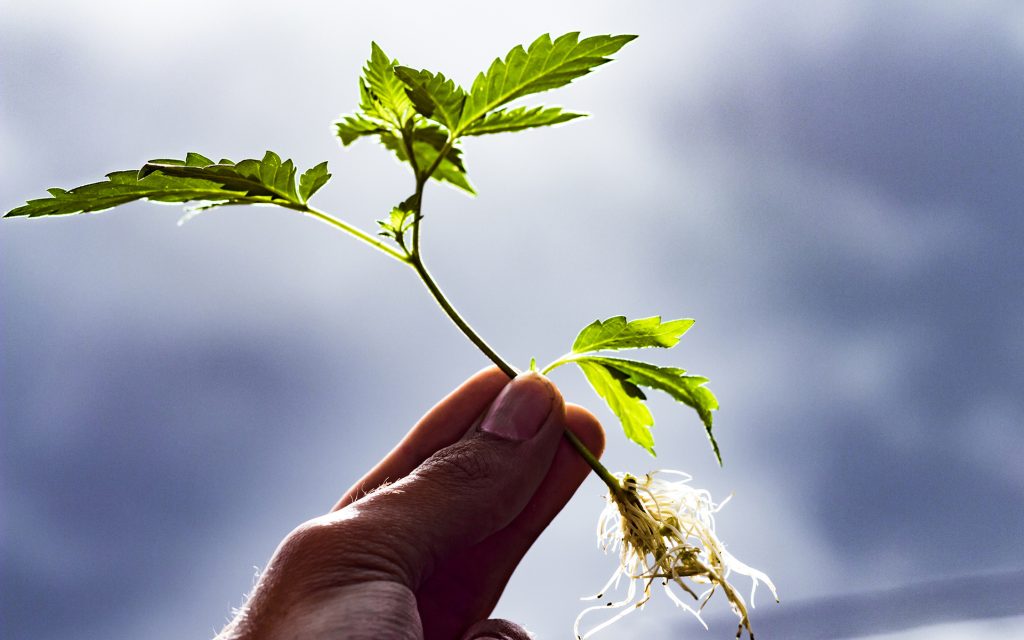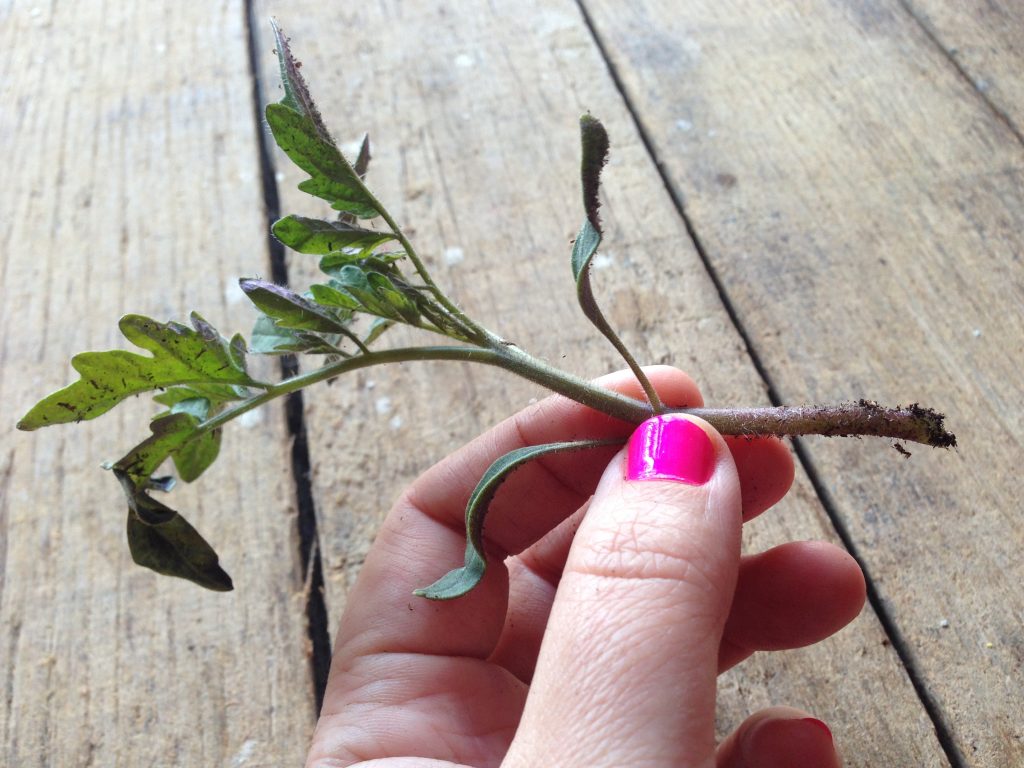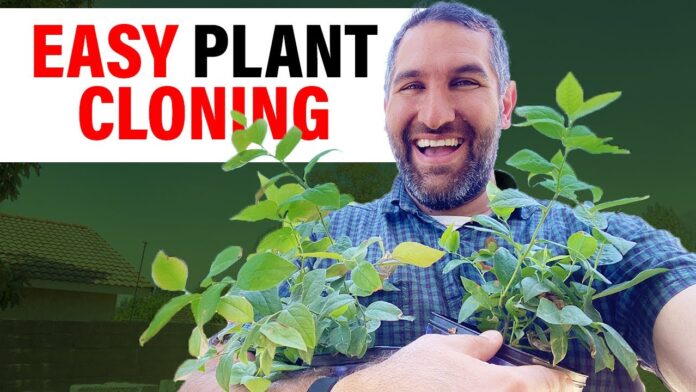While animal and human cloning remain philosophical and political hot subjects, few would deny the benefits and significance of plant cloning. Plant cloning is used in agriculture, medicine, and decoration. Cloning may be accomplished in various methods, including using stem cuttings that can be planted or grafted onto another plant. Another way of cloning is to clip buds, leaves, and flowers and move them to other plants.
Even though farmers have employed plant cloning since the dawn of agriculture, it is a technology that receives little attention. The intricacies of plant cloning, the technology behind it, its advantages, and the exact stages involved in this process are discussed in the following article.
Table of Contents
What does Plant Cloning involve?
Plant cloning is a method of cutting or clipping plants to create plants with identical genetics. It’s critical to replant the plant after trimming it to allow the roots to develop into the soil. A new set of roots will emerge from the incision when enough time has passed, generally one to three weeks, and the cloning process will be complete.
Why do people choose to do Cloning Plants?
Cloning is usually a straightforward, rapid, easy, and cost-effective way to multiply plants from a single host plant. When farmers find a plant with a healthy set of genes, they can clone it to assure that all subsequent recreations are as healthy as the original. When a plant is cloned from another, it is guaranteed to keep the host or mother plant’s features and attributes.

Cloning plants allow farmers to bypass the germination process, which may be time-consuming. If the plant is taken from a mature host, it will blossom significantly faster after the rooting process is complete.
It’s also worth noting that the cloning procedure has no negative impact on the mother plant’s health. As long as there are multiple branches to clip from, you may make as many clones as you need from the same mother plant.
However, it is crucial to note that not all clonings will be successful in this procedure. The clones from a mother plant may not always root effectively, resulting in the plant clipping’s death. As a result, it’s vital to anticipate that a few clones will fail during the procedure.
Cloning Plants can be done in the following ways:
-
Cuttings of leaves
A new plant can be created by cutting a leaf from an existing plant and placing the stem in the soil. Common plants, including African violets, snake plants, gloxinia, and various begonia species, are affected.
When cutting off their stems and laying flat on top of the soil, certain plant leaves produce roots along the severed veins at certain intervals. The parent leaf eventually seems to have spawned multiple tiny plants, which all grow vertically from the veins of the leaf. Begonia and geranium are examples of plants that reproduce this way.
-
Stem cuttings.
Another way of cloning is to take a section of a plant’s stem and place it in soil, either horizontally or vertically. Roots will eventually grow downward from the stem, and a new plant will sprout from the top. When a bud emerges from a stem and the stem is severed from the plant, the bud develops into a new plant. Begonia, gardenia, Christmas cactus, lantana, and impatiens are examples of plants that may reproduce this way.
-
Budding.
Cloning is a typical technique of propagation for many fruit trees. A bud, which is an undeveloped branch, leaf, or flower projecting from the plant’s stem, is cut from the parent, inserted into a notch cut into the parent stem, wrapped in place, and allowed to grow until it can be withdrawn from the parent and planted in soil on its own.
-
Plant division.
Many flowers, including the common daylily, African violets, certain orchids, and ferns, are propagated by dividing their thick roots. Each half may be planted and cultivated as a new plant once it has been separated.
-
Runners.
Strawberry plants that grow wild produce horizontal stems that touch the ground. These stems can ultimately sprout roots, allowing another strawberry plant to sprout. The young plant looks exactly like the parent.
-
Grafting.
A segment of another plant’s root or the rooted stem is connected to a plant cutting. The two portions fuse and form a single plant. The desired features of one plant can be combined with the desirable properties of another to create a new hybrid plant without the need for hybrid seeds. Grafting is commonly used to create miniature fruit and oriental trees for residential landscaping.
Cloning Plants in 4 Simple Steps
Step 1: Cut the right plant the right way
Cutting from the correct portion of the plant is essential during cloning. You can cut the stem at the tip or in the middle. If you’re not sure, cut the tip of the stem because that’s where most of the plant’s growth is currently taking place.
Cutting the stem in the center, on the other hand, can be just as effective, especially if the plant you’re working with has fresh leaf buds along the stem. When the plant regrows as a clone, cutting right above those young leaves will generate two independent shoots. If you want a bushier plant, this is an excellent choice.

You want to deal with a plant that has a robust and solid stem, regardless of whatever choice you pick. There should be four visible leaves in the section you chose (middle or tip). Being choosy in this way will offer your clones the best chance of success: propagation is an energy-intensive process, so starting with a robust plant will improve your chances of success.
Step 2 – Cut the leaves and stems at an angle.
After trimming the cutting from your mature plant, angle all of the completely formed leaves and the stem.
Cutting the leaves at an angle encourages the plant to focus its energy on establishing roots rather than growing leaves (which happens later!). We normally clip approximately half of the leaf off when we complete this step.
Cutting the stem at an angle increases the surface area available to the rooting hormone, resulting in increased root development.
Step 3: Replant after adding the rooting hormone.
When applying the rooting hormone powder, bear in mind that you’ll have the best results if you apply it just after cutting the stem, because a newly cut stem has more moisture and will absorb more of the powdered hormone. This implies you should cut and dip rather than wait until all of your cuttings are finished before adding the hormone.
When you’re ready, pour some of the hormone powder onto a shallow dish (the lid of the jar works perfectly too). Tap the freshly clipped end of the plant in the powder until a thick, uniform layer adheres to the stem’s bottom.
Simply attach the end of the hormone into a new grow plug and place the grow plug into an accessible seedling tray after the hormone is on the plant.
Continue until all of your clones are in the seedling tray (s).
Step 4: Keep an eye on your clones’ progress!
The clones, like traditional seedlings, will need to be covered with a humidity dome. However, unlike plants grown from seeds, they will require constant access to water, so you will maintain your regular watering routine. Another distinction is that seedlings are grown from seed and normally spend three weeks in the nursery station, whereas clones take a little longer. The clones finish growing their new root structure after three weeks, thus they will require another 1–2 weeks to grow their stems and leaves before being moved to the culture area.
Like Clone, Like Mother
Cloning plants is a simple and efficient way to produce many batches from a single high-quality mother plant. If you’re a farmer interested in artificial selection, you may utilize this approach to ensure that particular characteristics of a mother plant are successfully handed down to future generations of clone plants.
What Plants Should You Clone?
Several different varieties of herb plants make good candidates when it comes to cloning. Mint, basil, sage, and thyme are examples of this. While it is theoretically feasible to clone any plant via the cloning technique, the reasoning behind choosing certain species over others is straightforward.
When opposed to fragile or delicate plants, plants with stronger and more durable stems produce superior mother plants. The tomato plant is an example of the former, whereas lettuce is a famous example of the latter.
Another important aspect of this procedure is determining if a plant is a monocot or a dicot. A monocot plant only has one stalk, whereas a dicot has several branches throughout time. Onions, maize, and asparagus are examples of monocots. Dicots include plants including herbs, chard, and the vine plant. Dicots are ideal for cloning since they provide the farmer with a wide range of options from which to choose.

Final Thoughts
Plant cloning is the most efficient method for growing plants without seeds. This propagating of new plants is not new; it has been used for thousands of years. This method allows even beginners to cultivate plants. All you have to do now is acquire the necessary ingredients, and you’ll be practically done. To begin creating new plants, you can use any cloning method. Keep an eye on critical aspects like temperature and humidity as well.
Plant cloning sounds like a lot of fun. You should at least attempt this unique method of growing fresh plants once. Whether you succeed or fail, remember to tell us about your experience. So far, how many clones have you attempted? Do you have any more helpful hints to share? Send us your photographs, stories, and more!












